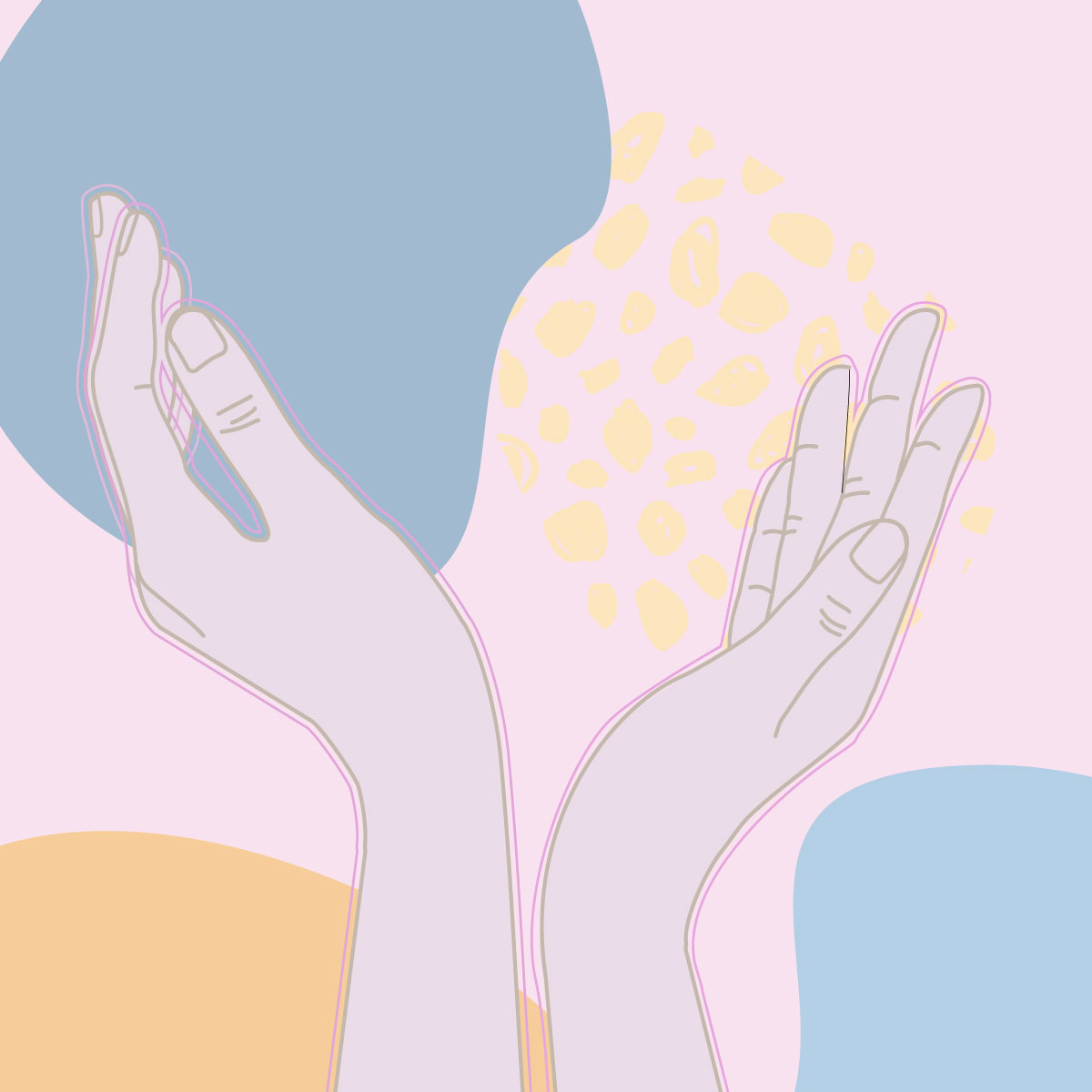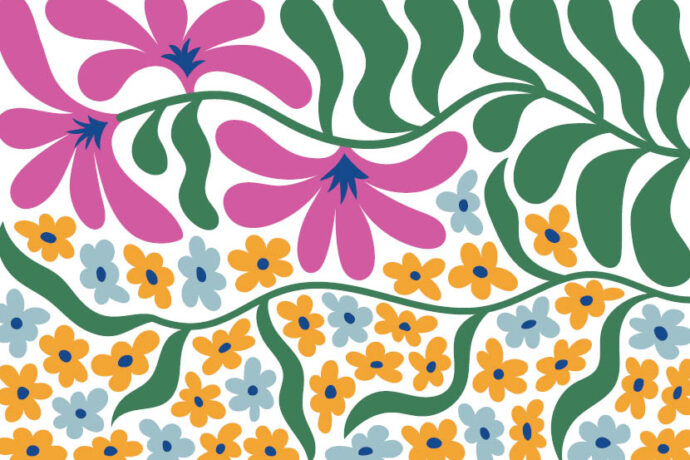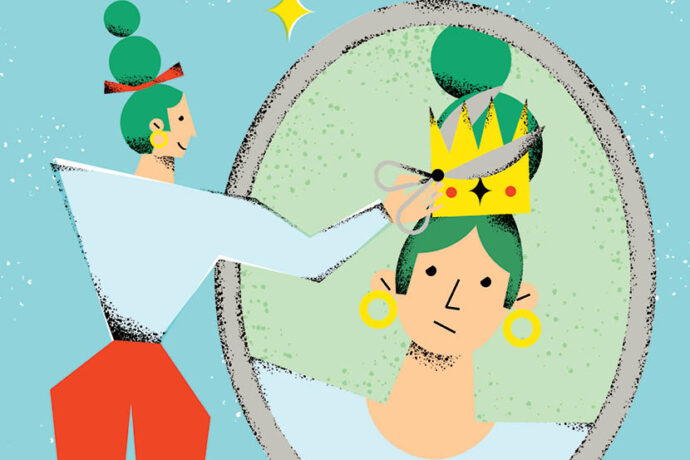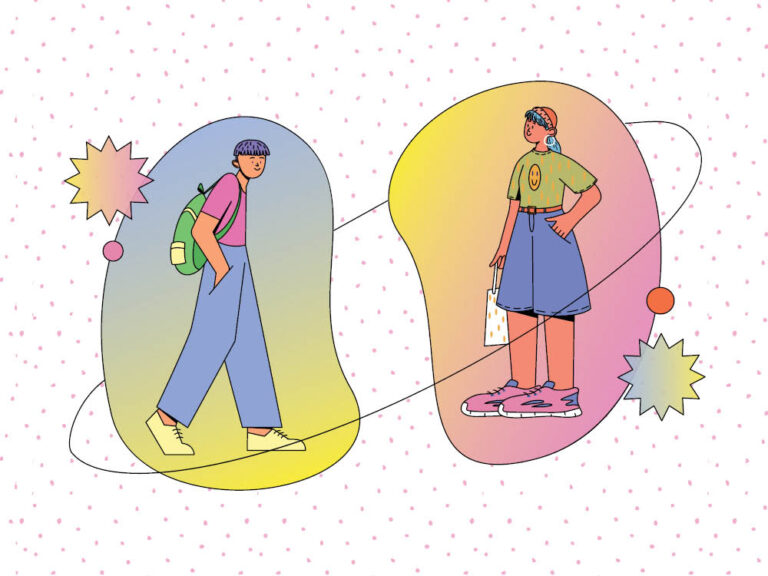
Let’s show our hardest-working extremities the nurturing they deserve
Engaged in untold daily tasks, hands are in constant use. From making the bed in the morning to preparing dinner in the evening, they’re hard-working and largely uncomplaining. But apart from the occasional dab of hand cream, how many of us give them the attention they deserve and need?
When you think about it, hands are remarkable for their strength and dexterity. It’s been estimated that a quarter of the brain’s motor cortex is devoted to hand-muscle function, enabling them to coordinate and perform complicated and meticulous tasks. Despite being such formidable tools, however, hands are more susceptible to the effects of environment, strain, knocks, cuts and bruises than most other parts of the body.
Consider how many times a day they are immersed in water, exposed to heat, cold or sunlight, or affected by chemicals or abrasives. How often do you carry heavy loads, perform repetitive tasks or use your hands, fingers and nails with force to tackle tricky jobs?
Hands down
Despite appearing robust, the skin on the top of the hands tends to be thin and has few moisture-regulating sebaceous glands, which means it can become dry, irritated, chapped and leathery. Over time, the muscles, ligaments and joints in the hands reveal the impact of everyday use, and they are one of the first parts of the body to show signs of ageing.
To keep hands healthy, it’s worth taking time to include them in your daily self-care routine. This isn’t about luxe and expensive manicures, it’s about protecting your hands – sparing them from unnecessary environmental damage, overuse and neglect – so that they stay nimble and in good shape for longer. It’s partly about moisturiser and a nail file, but it’s also about not putting your hands under more stress than is necessary.
Benefits of exercise
Lynn Houghton, a clinical specialist in hand therapy explains that, with ageing, hands become drier, tendons might not glide as smoothly, and wear and tear can cause joint deterioration: ‘The joint at the base of our thumb allows flexibility to pinch and grasp. Normal use of the hand puts large forces through this joint, particularly pinching activities, and basal thumb osteoarthritis is becoming increasingly common, with women more likely to be affected. These deteriorative changes can cause pain, swelling and a reduced range of movement. Everyday activities, such as writing, unscrewing jars and opening cans, might aggravate symptoms.’
Taking extra care of your hands and exercising them will help to maintain muscle tone and hand mobility. ‘Exercise has many benefits. It can help ease stiffness, improve movement and strengthen muscles,’ Lynn explains. ‘Tendon glides, or other specific hand exercises, may be prescribed by a hand therapist, while customised splints can provide support and positioning. You can also give yourself a helping hand by using gadgets that do some of the work for you. Aids such as spring-loaded scissors, electric jar openers, key turners, padded handles with thicker grips, and pen grips distribute pressure and reduce stress on individual joints. Also, switching and changing tasks, and pacing yourself helps to avoid hand fatigue.’
PROTECTION FIRST
Don’t wash too often
Appropriate handwashing (before and after contact with food, after using the toilet, visiting clinical settings etc) is a good defence against bacteria and viruses. But washing too frequently can strip skin of vital natural oils and cause dryness or irritation. Choose a natural, gentle hand soap.
Wear gloves
It’s a good idea to wear suitable environmentally-friendly gloves for domestic, gardening or work-based duties, especially if you’re frequently immersing your hands in water, using harsh detergents or doing work that’s tough on your skin. Choose washing-up and gardening gloves that are kinder to you and the planet. Look out for household gloves that are biodegradable and compostable.
Moisturise and massage
Choose a good-quality, organic hand cream that hydrates, softens and protects. Use it at least twice a day.
Exercise
Take a few moments to gently exercise your hands, which will improve circulation and mobility. For example:
- Make a loose fist with each hand and release, expanding the fingers.
- On each hand, bend each finger in turn towards the palm. Hold for a few seconds and release.
- Lay palms flat on a table, and raise each finger one at a time. Repeat each exercise several times.
Rest
If you do repetitive tasks that exert pressure on hands and wrists, remember to take regular short breaks throughout the day. This helps to avoid repetitive strain injuries.
Special treatment
You may have heard of reflexology for the feet, but did you know you can also benefit from reflexology on your hands? This ancient healing practice targets specific areas of the body, by applying pressure to certain points, and is relaxing and therapeutic. If you have any concerns about your hands, however, consult a qualified specialist first.
ATTRACTIVE, HEALTHY NAILS
- Nails can harbour germs, so keep them clean. Use a nail brush to remove dirt then dip your fingertips into a bowl of warm water, containing two tablespoons of apple cider vinegar or two drops of lemon essential oil, for a deeper clean.
- Trim your nails after a bath or hand soak as they’ll be easier to cut. Use a nail file to shape and slightly round the nails at the corners.
- Where you can, avoid wearing artificial nails and polish. Going natural whenever possible lets nails breathe and avoids discolouration or damage. But there’s another good reason – nail condition is an effective indicator of general health. For example, nails that are brittle or show white spots, ridges or discolouration might suggest a dietary imbalance, allergy or possible health issues. Keeping nails natural means you can see and check anything unusual.
- If you’re a nail-biter, try to focus on breaking the habit. Nail biting is bad for your teeth, transfers bacteria from your fingers to your mouth and increases your risk of nail infections. When you get the urge, visualise your nails growing strong, healthy and beautiful instead.
- Once a month, give your nails and cuticles a conditioning soak. And when you moisturise your hands, remember to massage the lotion into the nails, too.
- Many people take care of their own nails, trimming and filing them when needed, but consider treating yourself to a professional manicure once in a while, to give your nails and hands special attention



















